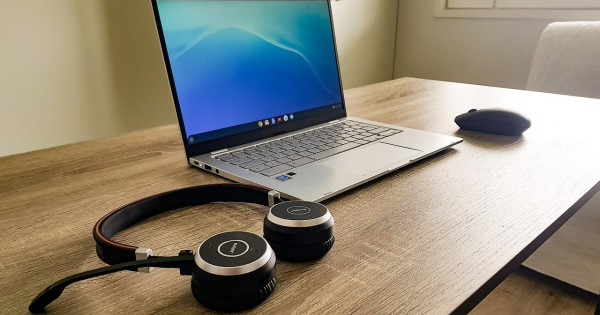We can’t really afford to stand on ceremony when ensuring that our employees are safe. The COVID-19 pandemic has made even office work potentially unsafe for employees, in addition to being a liability for employers.
The fact is that it can be difficult to ascertain whether or not it’s safe to let non-essential workers back in the office. It’s entirely possible that a lockdown may be implemented by the government at any point in time, which could send your employees out of the office after they initially returned. There is also the issue of money to consider. It’s easier to keep the bills down when employees are working from home. In this scenario, employers do not need to pay the rent for office spaces or the associated utility bills.
But there is a level of communication that can be lost when employees are working remotely. For example, it’s actually been shown that about 57% of all global employees report that they still prefer to keep face-to-face communications. It’s no wonder, really. These employees lose a lot of access to their teams when they work from home, which can be rather isolating. Furthermore, if your business normally involves calling customers or meeting with them at the office, you can lose a lot if you don’t have the right audio visual solutions implemented. This is something that we all need to be aware of as we move into a more home-based work system. With that being said, let’s look into the types of technology that you should consider for employees that are working from home.
1. Headsets
It’s much easier for employees to listen to coworkers and clients alike when they are working with headsets on. Headsets increase the sound quality of calls and ensure that there isn’t any missed communication between parties. This is crucial to ensuring that a business works efficiently and without any information lost. While calls can be made from computer or phone systems without headsets, there is a level of privacy lost in the home office that goes without headsets, as well. The last thing you want is other people in the employee’s home overhearing a coworker or client discussing potentially sensitive information over a call. Home audio visual solutions need to incorporate proper headsets as part of the home office space.
2. Microphones
When moving to a remote working situation, employees are often forced to take advantage of their work laptops in order to talk to clients and coworkers. Unfortunately, the built-in microphones that come with computers are not often among the best home audio solutions. Therefore, it’s important that the employee has a separate microphone into which they can speak clearly. That way, there is less of a risk of muffling or confusion. Microphones can be attached to headsets. However, if you’re leading a video conference and want to appear more formal or simply don’t wish to wear a headset, a microphone attached to your computer may be a good option.
3. Webcams
Again, computers typically come with built-in webcams, just as they have built-in microphones. But these webcams do not transmit the best visual quality and it can be difficult for employees to rely upon them for a clear picture. They can also lag, resulting in meetings that are slowed or stopped entirely. Audio visual solutions must include separate webcams for employees that need them so that they can take part in video conferences more effectively and keep a face associated with a name. This is especially important in sales professions, where it’s crucial for the employee to develop a personal relationship and rapport with clients.
A remote workplace cannot function without the proper audio visual solutions. It’s not enough to ensure that an employee has a laptop that they can work from. They also need to be outfitted with a unified communications system that will keep them on the same wavelength as their coworkers and ensure consistency throughout operations.

